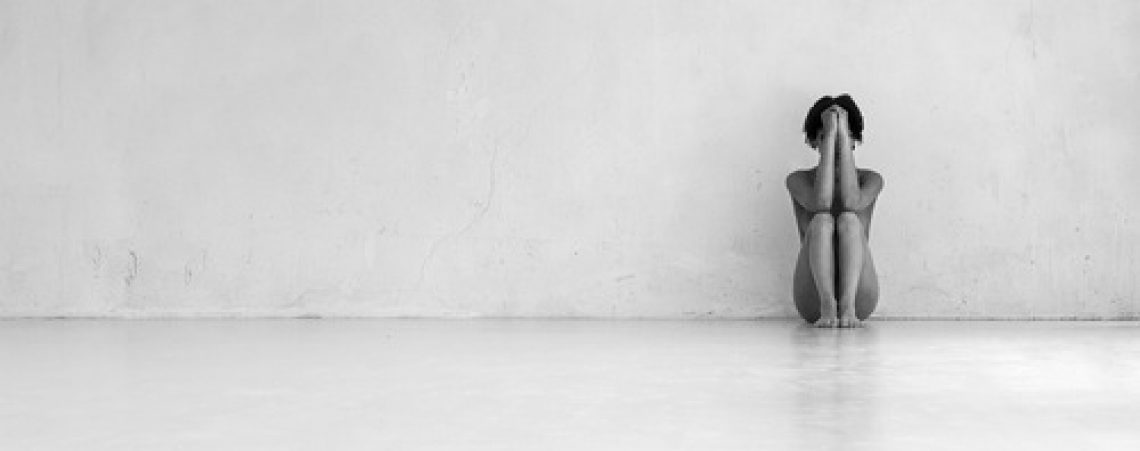


Philip-Lorca diCorcia’s photographs straddle truth and fiction by combining real people and places—but not necessarily people and places that naturally go together. The theatricality of his images is carefully constructed: he arranges the objects of each scene and devises precise lighting and framing for every project. His work is often described as cinematic, a description that diCorcia deplores. He insists that his pictures suggest rather than elucidate a full narrative. His brand of storytelling results in unstable, unfixed images that point in certain directions but never provide a definitive map.
His earliest work, from the late 1970s, featured his friends and family in scenes that evoke loneliness, contemplation, ennui, or, occasionally, humor. In Mario, diCorcia’s brother stares into an open refrigerator, his late-night mission to unearth a snack infused with inertia. The photograph couples an impression of complete stillness with the eerie, seemingly contradictory sense of witnessing a fleeting moment. Peter Galassi, former chief curator of MoMA’s Department of Photography, described the production of this image: “The subject was utterly ordinary but the photograph was carefully planned. The camera was on a tripod and the lighting was supplemented by an electronic flash hidden in the refrigerator and triggered at the moment of exposure. DiCorcia leveled the camera, adjusted and readjusted the lighting, made several Polaroid test shots and more than a few exposures, each aiming at the envisioned result.”1 DiCorcia’s acute attention to detail has become the hallmark of his process and has influenced a generation of photographers (including Katy Grannan, Justine Kurland, Alex Prager, and Alec Soth, among others) who work with controlled situations and semi-anonymous portrait subjects.
DiCorcia did not set out to become a photographer. While attending the University of Hartford, he studied with Jan Groover, who planted the idea that a photograph is not necessarily an artifact documenting a specific sliver of time; rather, a photograph should result from careful planning and orchestration. Early- and mid-20th-century photographers who also took this approach include Paul Outerbridge, Philippe Halsman, and Bill Brandt. During his graduate studies at Yale University diCorcia begin to classify himself as a photographer by first determining the kind of image-maker he did not want to be. Garry Winogrand, Lee Friedlander, and Tod Papageorge—who rapidly shot many exposures in order to get to a few final images—attempted to capture the real world at a particular moment in time from a specific point of view. Their mid-20th-century work presented diCorcia with a strand of street photography to push against at exactly the same time that color processes began to be used outside of advertising and news photography. DiCorcia deliberately chose to print in color since it was an underutilized format in fine-art photography.
MoMA presented diCorcia’s first solo museum exhibition in 1993, featuring his series Hustlers, which was made in Los Angeles between 1990 and 1992. He photographed male prostitutes he approached on Santa Monica Boulevard, paying them whatever they typically charged for their services to instead pose in scenarios he had prepared for the photo sessions. The titles of these photographs, such as Eddie Anderson; 21 Years Old; Houston, Texas; $20, list only the facts. Yet by inserting their bodies into prepared scenes in hotel rooms or on the street, diCorcia made portraits that operate in tandem with—but do not exactly reproduce—the fantasy roles these men were usually conscripted to play.
Having worked outside on the Hustlers series, diCorcia delved further into street photography. As he explained, “The elements which call into question the normal relationship of appearance to truth in photography are, for most artists of my generation, tools to enrich the experience of work rather than ends in themselves.”2 Taking the work of Garry Winogrand in particular as a starting point, diCorcia reinvigorated the genre in the 1990s by freezing the ebb and flow of a city sidewalk in images such as Los Angeles and New York. By arranging flashes and stationing his camera at a precise location, he suspended slices of time in images that have the quiet stillness of Old Master paintings. For his series Streetwork (1993–97) and Heads (2000–01), he took thousands of photographs, of which he selected only a handful for inclusion. Unlike other practitioners of street photography, diCorcia never wanted his images to propagate a moral truth or instigate social change.

















